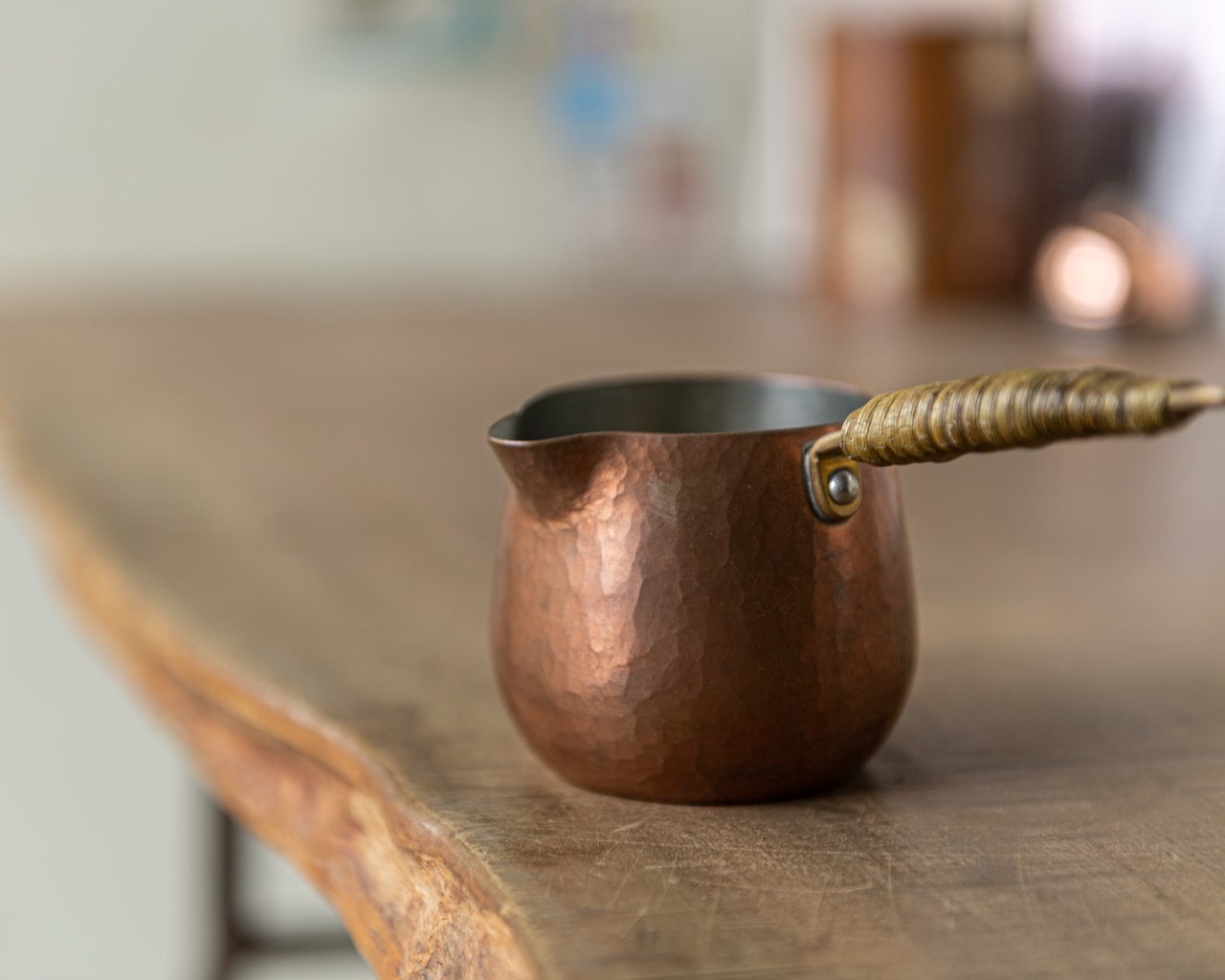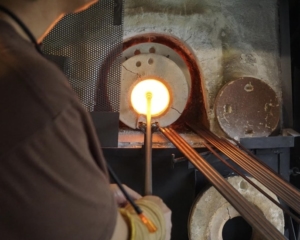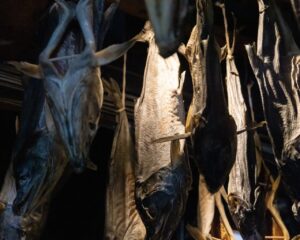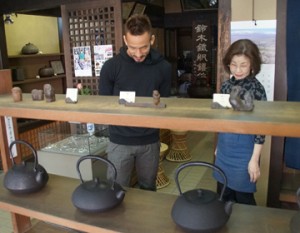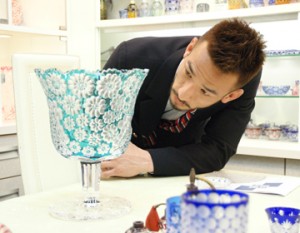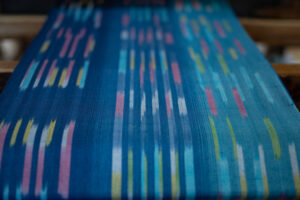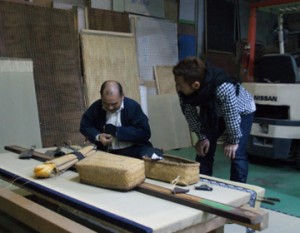FUKIDO” has a workshop in Tsubame City, Niigata Prefecture, a sacred place for metalworking, and produces simple copper products useful in daily life.
While preserving the traditional techniques of hammering and forging that have been handed down from generation to generation
, the company keeps abreast of current trends and continues to produce copper products with a high level of functional beauty suited to modern lifestyles.
Traditional Techniques Inherited in Niigata
Tsubame City, located roughly in the center of Niigata Prefecture, is where the manufacturing techniques of Tsubame hammered copperware, a traditional craft that is said to have begun in the Edo period, have been handed down from generation to generation. Copper is mined at the Mase Copper Mine, which was developed in the Yahiko Mountains to the northwest of Tsubame City, and the technique is said to have been originally introduced from Sendai. The basic process is to dull a sheet of copper by burning it and then hammering it with a hammer or mallet to form a shape. There are many types of hammers, and the tools are changed depending on where and how the hammer is used.
The workshop “FUKIDO” is run by a father and son.
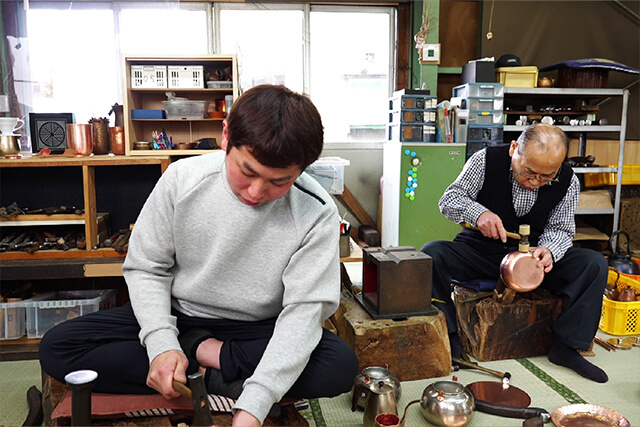
A pleasant clanging sound echoes outside the workshop. It is the rhythmic sound of hammering metal. Hiroshi Fujii, the second generation owner of Tsubame Hammering Copperware FUKIDO, which was founded in 1945, has been listening to this sound since he was a child. Inside the workshop, huge kettles and old hammered copperware products are displayed. These were made by my predecessors,” he says. They are very important to keep.” It has been almost 50 years since he started working with his father. His son, Ken, is also hammering at the same time.
What are the tools of professional work?
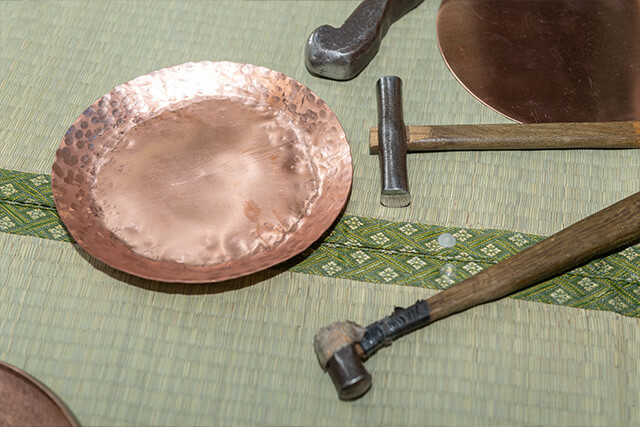
Sometimes he uses tools inherited from his predecessors, and sometimes he makes new tools by himself. He hammers at the same pace on the tatami mats, feeling the fine vibrations. The distortion caused by the deformation of copper is utilized to raise, smooth, and adjust the surface. We tap to tighten the metal. Striking makes it harder by removing the molecules,” says Hiroshi in his own unique way, as only a craftsman can. He says that by pounding, the copper becomes more durable and can be used for a long time as a daily necessities.
Tools that develop a distinctive flavor the more they are used.
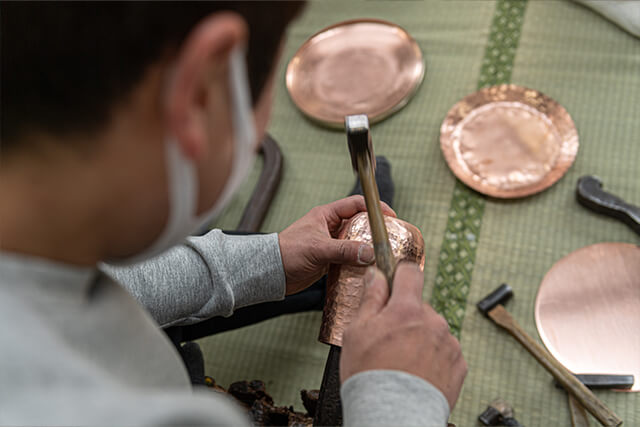
The more a piece of hammered copperware is used, the more its luster increases. The more they are used, the more they acquire a color that is unique to the person using them and the environment in which they are used. In other words, it is a tool that you can enjoy growing in your own way. Of course, it also has clear advantages as a cooking utensil. Copper’s excellent thermal conductivity is about twice that of aluminum, five times that of iron, and 25 times that of stainless steel. Heat passes easily throughout the entire cooking surface, making cooking smooth. It is also highly corrosion resistant and has sterilizing properties. The finished products are all simple, but the dull luster and sparkling shine created by the countless uneven surfaces that have been hammered into them are beautiful and exude an indescribable elegance. They are no longer just daily necessities, but also have value as arts and crafts.
What are popular items?
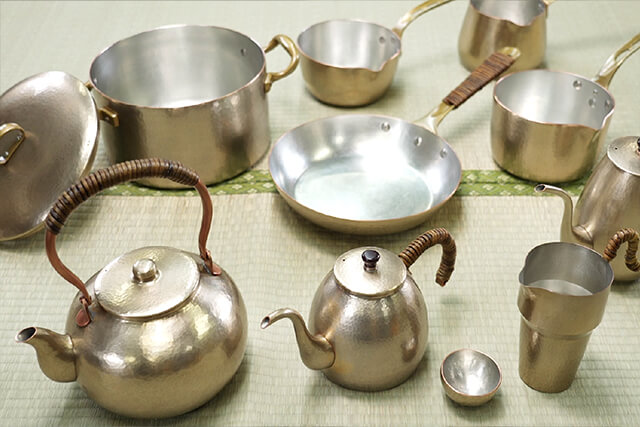
Especially popular items at FUKIDO are kettles, teapots, and pots. The good thermal conductivity of these items helps to improve the efficiency of cooking, and they are representative of items that should be included in the first place. Ken, the third generation of the company, has been working together to produce drip pots, servers, and other coffee-related products, and is also working to provide items that can be casually incorporated into everyday life. Even though they are traditional crafts, they also strive to create products that are easily accepted by people’s changing lifestyles over time.
Although they are father and son, they are both craftsmen, and their specialties differ from each other, but what their works have in common is that they are tools that can be used with love for a long time. Copper products have an image of being difficult to handle, but the tin coating on the surface makes them easy to care for and prevents discoloration. Even if they break or need maintenance after long use, they can be repaired by craftsmen according to their condition and can be used again. If one acquires a good tin, it is a wonderful tool that can be passed down to one’s children and grandchildren. In this sense, traditional craftsmanship may be the ultimate in sustainability.
What will be handed down to the next generation
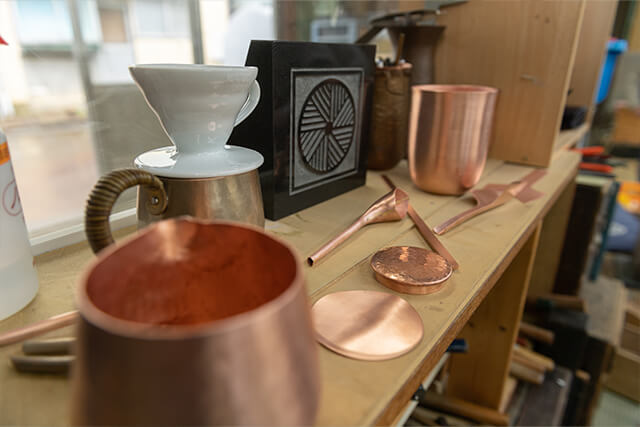
The workshop is currently managed by the second generation, Hiroshi, and the third generation, Ken, but both Hiroshi and Ken had been working for outside companies for a while. Both the person who decides to take over as a traditional craftsman and the person who decides to pass on the craft to the next generation must be prepared to do the same.
At first I didn’t like the idea of taking over the family business,” he says. But now I’m enjoying it. I have my grandfather and my father, and I feel that I can make an effort to eat in this business for the rest of my life. That’s what I have now.” Ken says. It would certainly be nice to have a successor, but the world of craftsmanship is tough, and it takes a certain amount of determination on the part of the successor,” says Hiroshi.
We hope that you will try our copperware and feel the solidity and beauty of our craftsmen’s soulful work, as well as the spirit of craftsmanship that is passed down in the family.
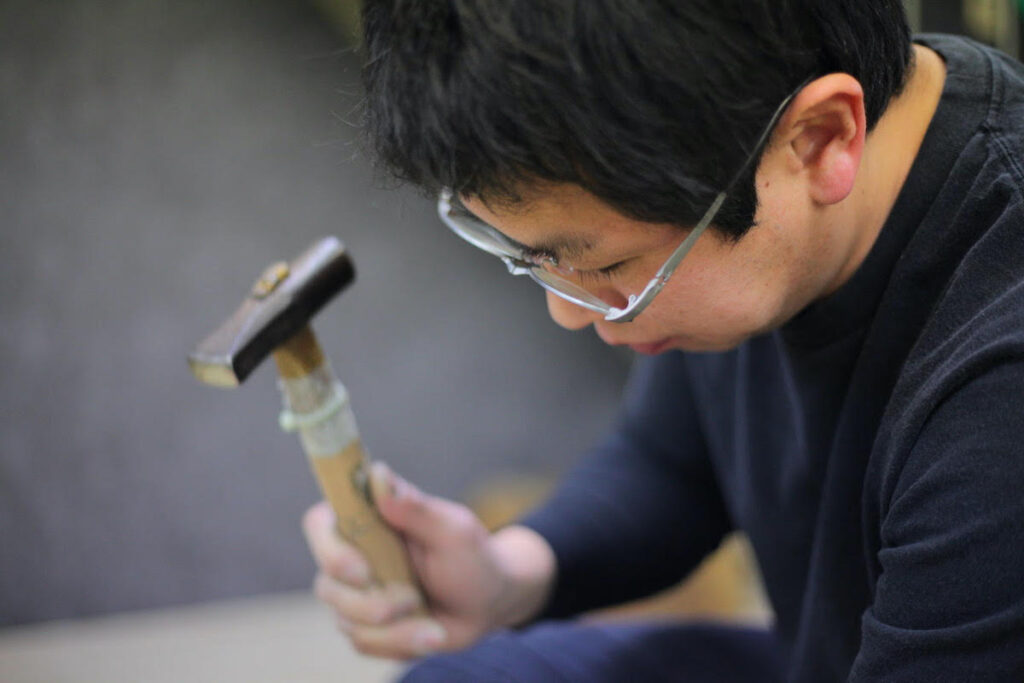
We strive to create products that pursue the beauty of use as well as shapes that have been handed down from generation to generation. We hope you will enjoy the charm of our soft and simple shaped copperware that grows warmer with each use. We would be happy if you would use the products of “FUKIDO”, which are born from the skills of our artisans, as tools for your daily life.



